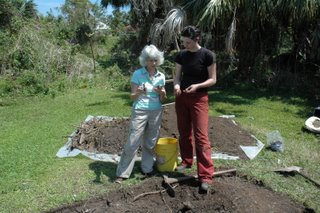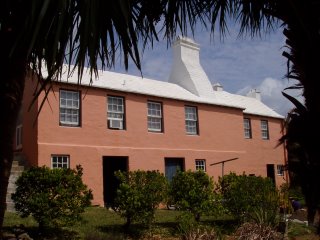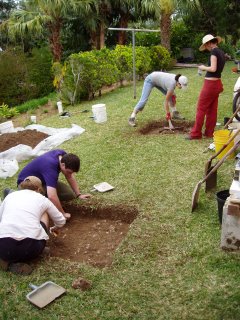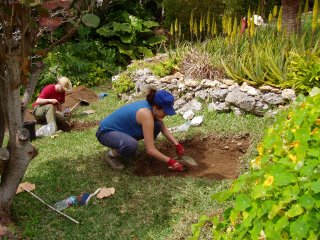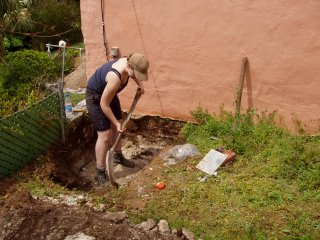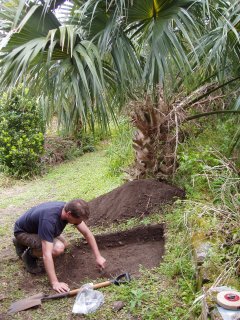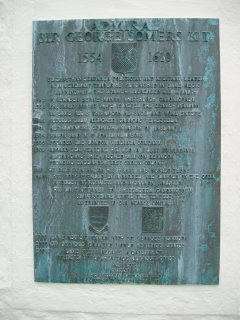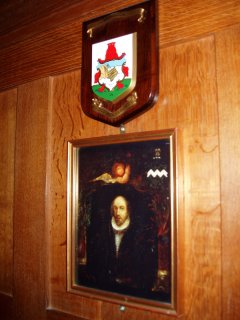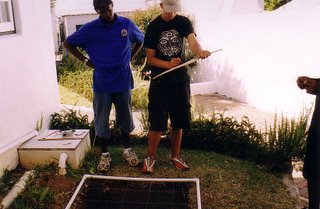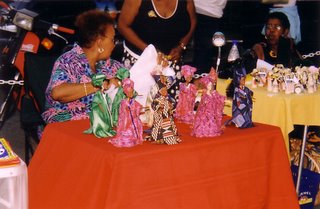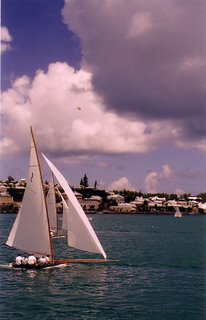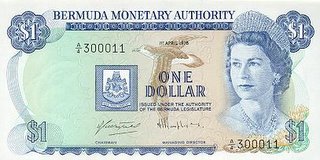Bermuda and World Heritage
The later history of Dockyard was one of the issues under discussion...
 Insignia of HMS Bristol, which visited in 1978, 1988, 1990 and 1996.
Insignia of HMS Bristol, which visited in 1978, 1988, 1990 and 1996.This is one of several ships' insignia left by Royal Naval and other vessels visiting dockyard. They represent an important part of the later twentieth century history of the site. For more of these images visit our contemporary archaeology pages.
Other aspects of this twentieth century history are perhaps more controversial, but need to be tackled if all elements of Bermudian society are to have a meaningful engagement with the island's history and archaeology.
In particular there is concern about the restoration of the former Casemates Prison to its original form as barracks. If archaeology is to be truly representative of all sections of the Bermudian community it is important that elements of the prison itself are recorded before this restoration takes place. It was here that Erskine Burrows and Larry Tacklyn were hanged in 1977 for murders including that of Sir Richard Sharples. These executions were followed by the most serious episodes of rioting ever seen on the island.
This may not be the happiest episode in Bermudian history, but it is an important part of the story of the island and its people. Archaeology surely has a part to play in recording the material evidence, and engaging with different communities who have valid - but often unrepresented - perspectives on the historical narrative.

